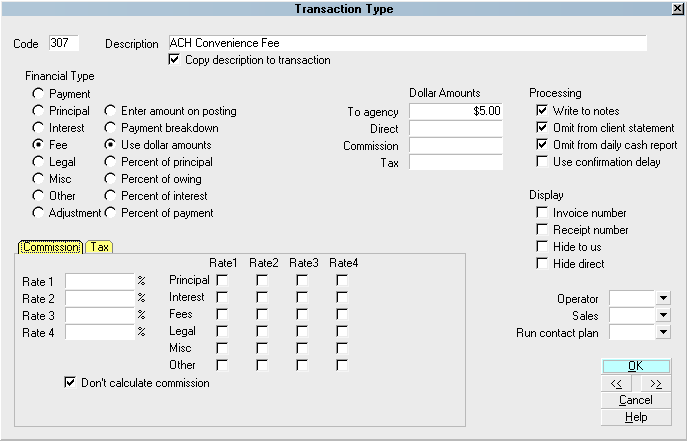
Originating Depository Financial Institution (ODFI): The institution initiating an ACH transaction on behalf of its customer, responsible for ensuring data accuracy and validity.Automated Clearing House (ACH): An electronic funds transfer system in the US for processing financial transactions between banks and other institutions.When discussing ACH return reason codes, it is essential to understand some key terms that are frequently used. Key Terms to Know About ACH Return Reason Codes Related post: Payment Processing: What is it, and how does it work? Performance analysis: Businesses can analyze data on ACH return codes to identify areas for improvement in payment processes and implement strategies to enhance efficiency.Record-keeping & reporting: ODFIs and RDFIs record and report ACH return codes to track transaction volumes/types and monitor compliance with rules/regulations.Resolution: Return codes help ODFIs and originators address issues, correct errors, and possibly resubmit transactions for processing payment, sometimes requiring receiver contact.Communication: As a common language among ODFIs, RDFIs, and businesses, return codes enable clear communication about transaction errors and prompt action.Error detection: RDFIs use ACH return codes to identify issues, such as incorrect account numbers or insufficient funds, streamlining error detection.Here’s how ACH return codes impact different stages of the payment process: These codes are used by financial institutions to communicate the reasons for returned or rejected ACH entries between the Originating Depository Financial Institution (ODFI) and the Receiving Depository Financial Institution (RDFI). Role of ACH Return Codes in the Payment ProcessĪCH return codes play a crucial role in the payment process by identifying and communicating issues that may have occurred during an ACH transaction. Strong financial management: Understanding ACH return codes enables effective cash flow monitoring and helps avoid disruptions caused by unresolved transaction problems.

Cost reduction: Promptly resolving ACH return issues minimizes fees related to returned transactions and late payments.Compliance made easy: Familiarity with return codes helps you follow NACHA’s Operating Rules, avoiding potential fines or penalties.Top-notch customer service: Knowing ACH return codes lets you communicate clearly with customers about transaction issues, maintaining trust and satisfaction.
#ACH TRANSACTION CODES LIST CODE#

Best Practices for Managing ACH Return Codes.Key Terms to Know About ACH Return Reason Codes.Role of ACH Return Codes in the Payment Process.Why ACH Return Codes Matter for Your Business.It also allows those institutions to comply with legal obligations by including additional data and screening indicators, making it easier for RDFIs to intercept unlawful transactions. The Rule benefits RDFIs by making it easier to determine whether a transaction is domestic or international. It includes information on all parties to the ACH transactions.It requires Gateway Operators to classify payments that are transmitted to or received from a financial agency outside the territorial jurisdiction of the U.S.International ACH Transactions (IATs) are regulated under a Rule, which includes two major points: This format allows RDFIs to easily comply with the Rules and streamline international payments. To ensure that cross-border payments are both efficient and secure, Nacha worked with the Office of Foreign Assets Control (OFAC) to develop an ACH format that includes information on all parties to the transactions. As electronic payments have grown, so has their use across national borders.


 0 kommentar(er)
0 kommentar(er)
